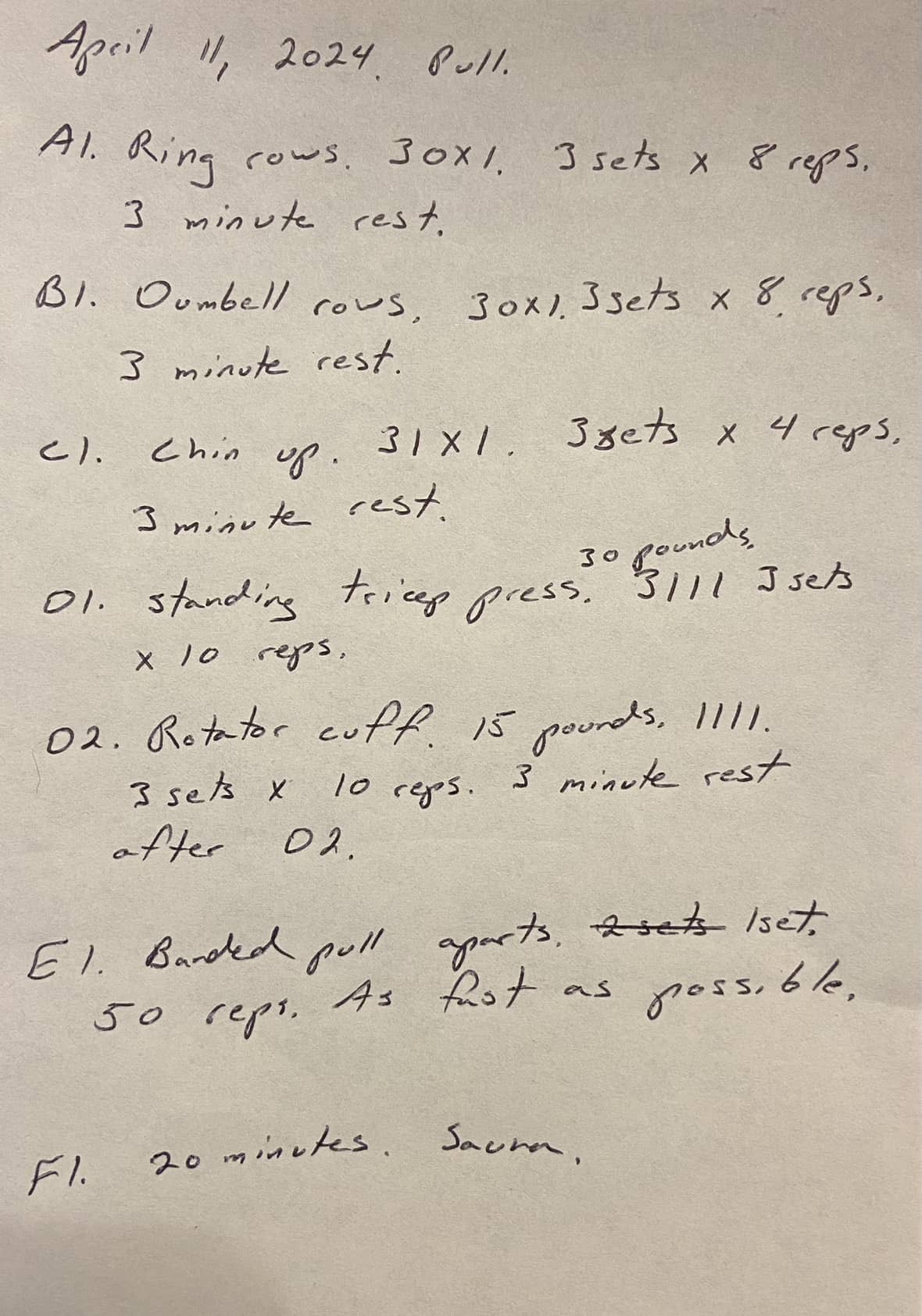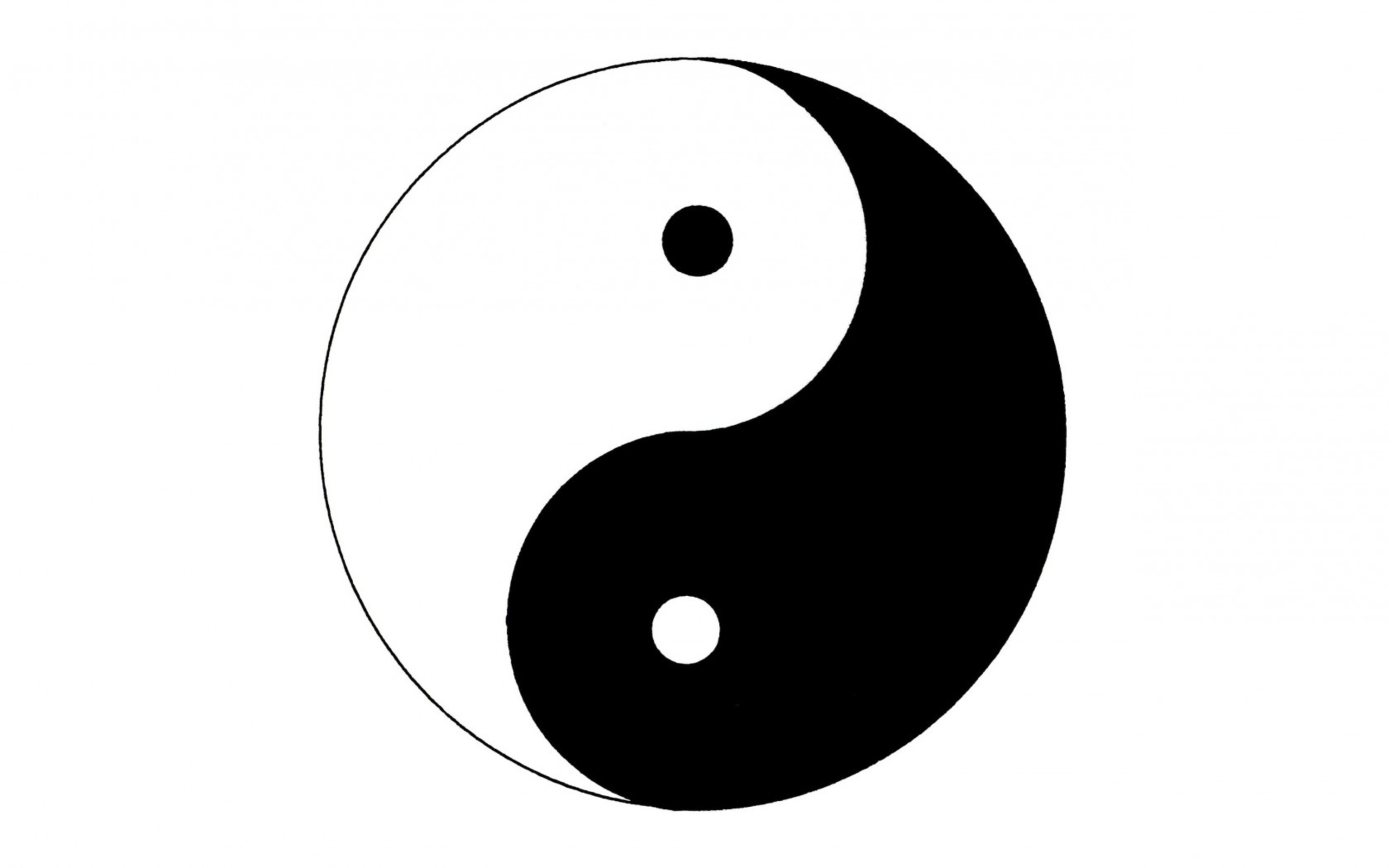If I were limited to just one piece of exercise equipment, I would probably choose a chin-up bar. Not for the chin-ups, but because I believe that hanging is one of the most beneficial exercises that I do. Hanging, an extremely simple exercise, is accessible and incredibly effective in improving shoulder and spine health, as well as grip strength. Hanging may not seem like much at first glance, however, it’s a cornerstone of my training regimen. It provides foundational benefits that enhance overall physical health and mobility.
The Benefits of Hanging
Shoulder Health
Hanging distinguishes itself from other exercises through its unique approach to training shoulder flexion (reaching overhead). Unlike typical exercises that involve shoulder flexion, hanging allows the rotator cuff muscles to remain relaxed while your arms are in an overhead position. This relaxation is key, as it enables the shoulders to open up and engage in an overhead movement without the common risk of injuring the rotator cuff. Additionally, the muscles that connect the shoulder blades and rib cage get a stretch in this overhead position. As you hang and focus on deep breathing, the rib cage expands and collapses, benefitting muscles such at the pectoralis minor and the serratus anterior.
Spine Health
Hanging offers significant benefits for the spine as well. When you hang and relax your lower body, your spine gets a chance to elongate and decompress. This natural stretch can help relieve pressure on the spinal discs, which often contributes to back pain and can aggravate conditions like sciatica. Regularly incorporating hanging into your exercise routine can lead to noticeable improvements in back health and comfort, providing a simple yet effective tool for managing and preventing back pain.
Grip Strength
Grip strength is important in both athletic performance and daily life. This strength is crucial in sports like wrestling, climbing, and gymnastics, where a strong hold is essential for success. However, it also plays a significant role in everyday activities such as carrying groceries, opening jars, and even holding a pencil.
Grip strength is also a marker of overall health and longevity. Research has shown that a robust grip can indicate general body strength and muscle mass, both of which tend to decline with age. A study published in The Lancet, which involved 142,000 participants across 17 countries, underscored the importance of grip strength. The findings revealed that poor grip strength was a stronger predictor of all-cause and cardiovascular mortality than other common health indicators. Each 11-pound decrease in grip strength correlated with a 7% increased risk of heart attack and a 16% higher risk of death from any cause.
Understanding Hanging: Active Vs. Passive
Passive Hanging
Passive hanging is an excellent starting point for beginners focusing on improving their shoulder mobility and posture. In this form of hanging, you simply grab onto the bar, lift your feet off the ground (if possible, and relax everything except your hands and forearms. This allows your shoulder blades to stretch and your spine to decompress naturally. This method not only helps in relieving tension throughout the upper body but also aids in enhancing the flexibility of the shoulders. It’s a gentle, yet effective way to ease into the practice of hanging, especially for those new to this type of exercise or recovering from injuries.
Active Hanging
In contrast, active hanging involves a more dynamic engagement of the muscles. When performing active hanging, you actively pull your shoulder blades down and engage the muscles attached to them. This type of hanging is not merely about endurance; it’s about building strength in the muscles around the shoulder blades and the upper back. Active hanging helps build the foundation required for more advanced upper body exercises and is ideal for those looking to advance their physical capabilities.
As you become comfortable with passive hanging and start exploring active hanging, you will begin to unlock the strength and mobility necessary to tackle more challenging exercises. This progression is essential as it sets the stage for the next step in your fitness journey: mastering exercises like chin-ups and pull-ups.
Hanging as a Prerequisite for Pull-Ups and Chin-Ups
Mastering the art of hanging is a critical step before advancing to more complex exercises like pull-ups and chin-ups. The ability to hang not only builds the necessary muscle strength and endurance but also ensures that you have the control and mobility to perform these exercises safely and effectively.
Standards for Mastering Hanging
Different coaches may have various benchmarks for what it means to master hanging, but here are some standards I find effective:
- Passive Hanging: A person should be able to passively hang (pain free) for about 60 seconds. Most beginners will not be able to do this. It’s best to start off with a few sets of 15-20 second holds and build up over time. This duration or volume really allows the shoulder to adapt, creating a flexible and resilient upper body.
- Active Hanging: For active hanging, the goal is either to maintain the position for 60 seconds or to complete a set of 10 shoulder blade pull-downs. A shoulder blade pull-down involves starting in a passive hang, pulling the shoulder blades down to transition into an active hang, and then relaxing back into a passive hang, counting as one repetition.
The Important of Shoulder Blade Control
This ability to switch between passive and active hangs, and specifically the shoulder blade pull-downs, is crucial for pull-ups and chin-ups. These exercises require precise control over the shoulder blades to ensure proper form and to minimize the risk of injury. By training the shoulder blades to move fluidly between these positions, you prepare your body to handle the dynamic demands of pull-ups and chin-ups, enhancing both your strength and technique.
As you incorporate these hanging exercises into your routine and work towards these standards, you’ll build a strong foundation that not only improves your performance in pull-ups and chin-ups but also enhances your overall upper body strength.




